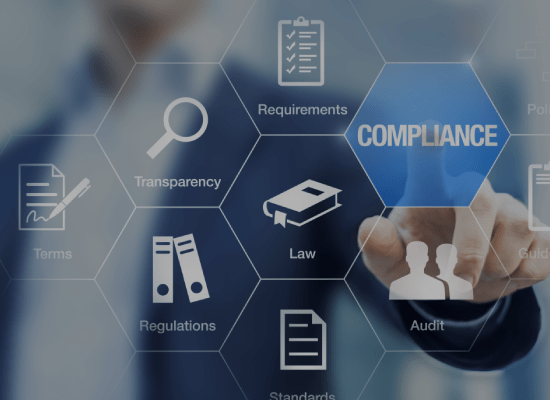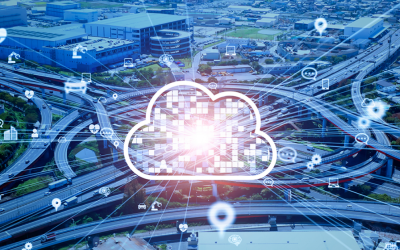A few years ago, from 2015, cloud transformation was a new concept in everyone's vocabulary, and few dared to see the past and invest more in this...

Need of Multi-Layered Security & Compliance Strategy
Need of Multi-Layered Security & Compliance Strategy
Need of Multi-Layered Security & Compliance Strategy
The answer to the question is, Multi-Layered Security provides the plan of security to prevent violations in data security threats. So, you’d not have to hand over the keys of your house (business applications) to a stranger (hackers) before leaving for your vacation (data transfer), rather you can have your personalized security plan to prevent any sort of mishap. Multi-layered security is supposed to be designed in a manner that each layer procures to secure areas of security. Therefore, leaving almost negative chances for the hacker to access the information during the data is being transferred to the public cloud. Based on the idea of incorporating a plethora of security solutions to protect the system from external threats, multi-layered security and standards like OAuth2 and OPA can be employed to safeguard the system which includes internet protection, email & file security, virus protection, protection from malware, firewalls, and more.
As far as the security of the organization and its resources are concerned, Compliance Management plays a centrally essential role in risk assessment and to ensure that the set rules are being complied with the respective business. To create an efficient strategy for compliance management is to mitigate the risks of compliance infringement and to protect the organization from corruption, fines, and lawsuits. For ease in the flow of the process and to commit to the compliance, one must follow the relevant legislation and ethics programs.
Having an intact and operational compliance management strategy including organizational ethics answers the question ‘why’ is compliance important. The reason being, it keeps in check whether the organization is at any sort of risk ranging from mulct to incarceration. Hence, the need of the hour is to provide and to secure the organization both internally and externally, to ensure improved data security and multi-layered security along with the compliance strategy caters to both.
Give us a call or sign up for a free demonstration to witness how United Private Cloud provides you the multi-layered security along with the compliance strategy.









